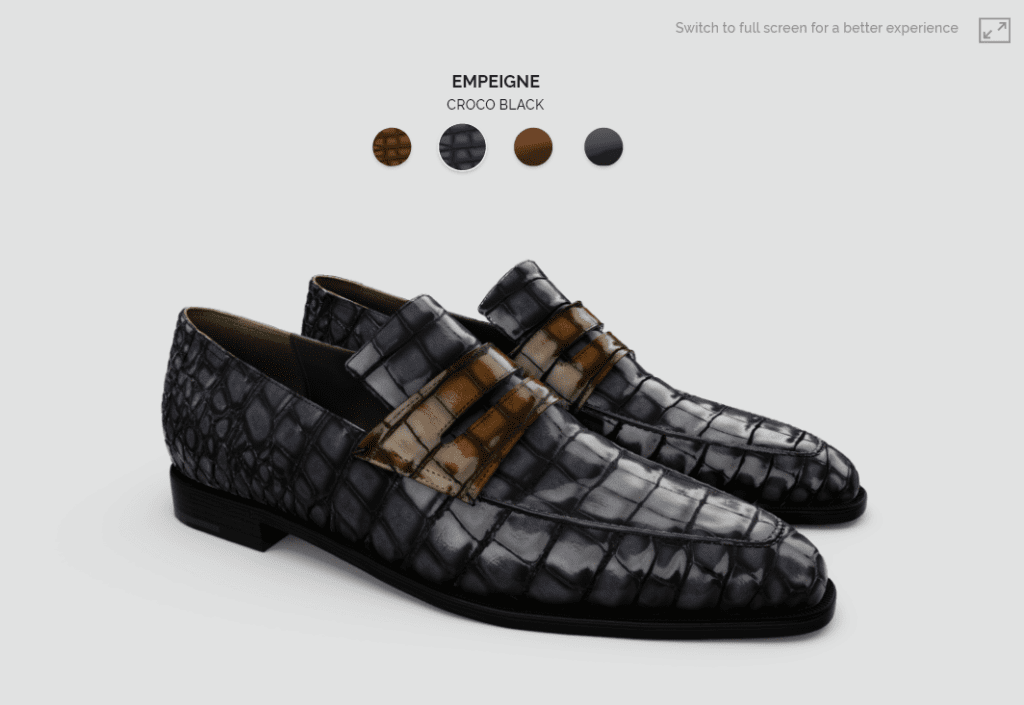The Magic of Interactive Online Configurators for Christian Louboutin Beauté’s New Makeup Line
The Magic of Interactive Online Configurators for Christian Louboutin Beauté’s New Makeup Line Table of Contents A brief description of the Christian Louboutin Beauté product
